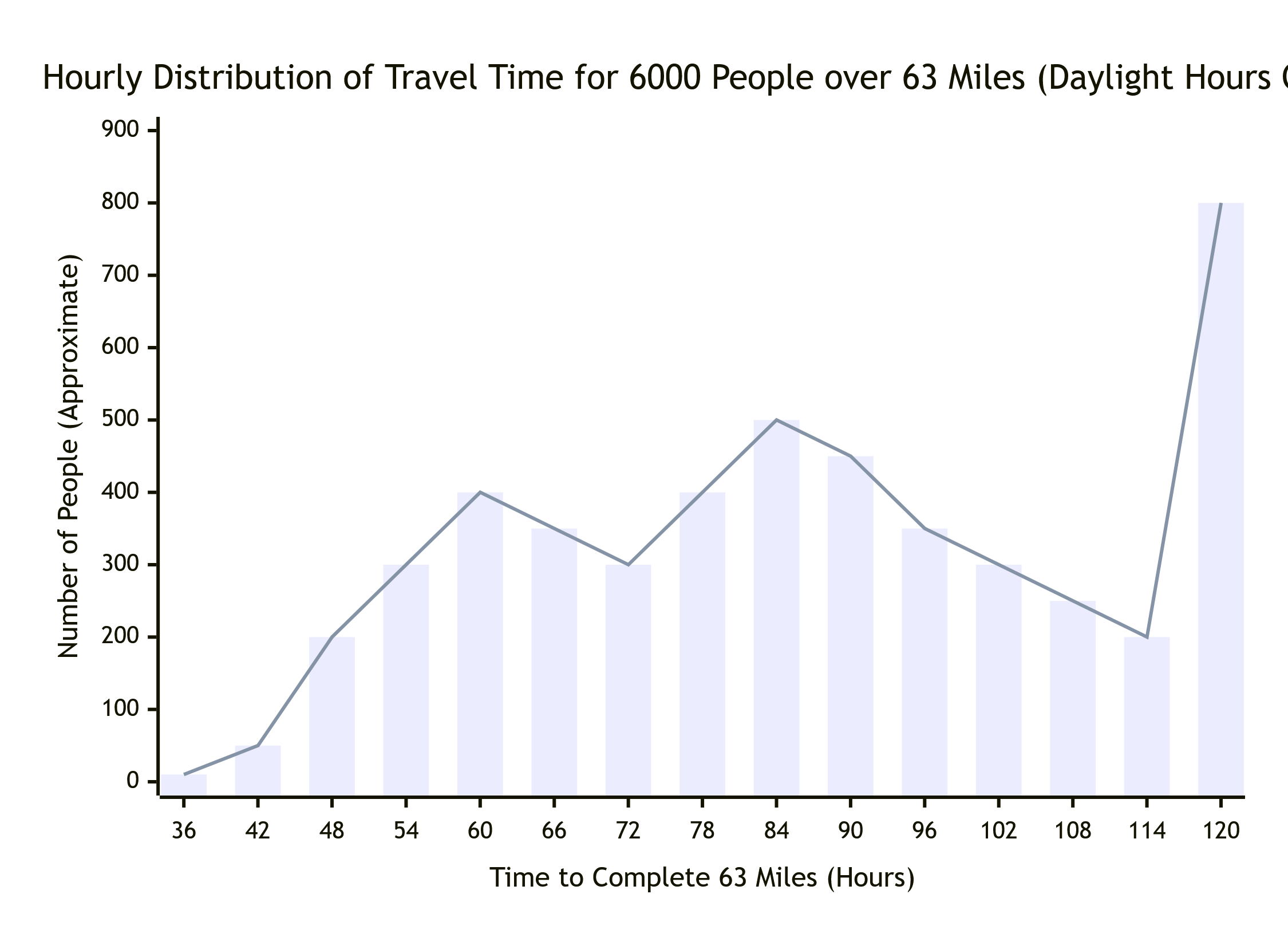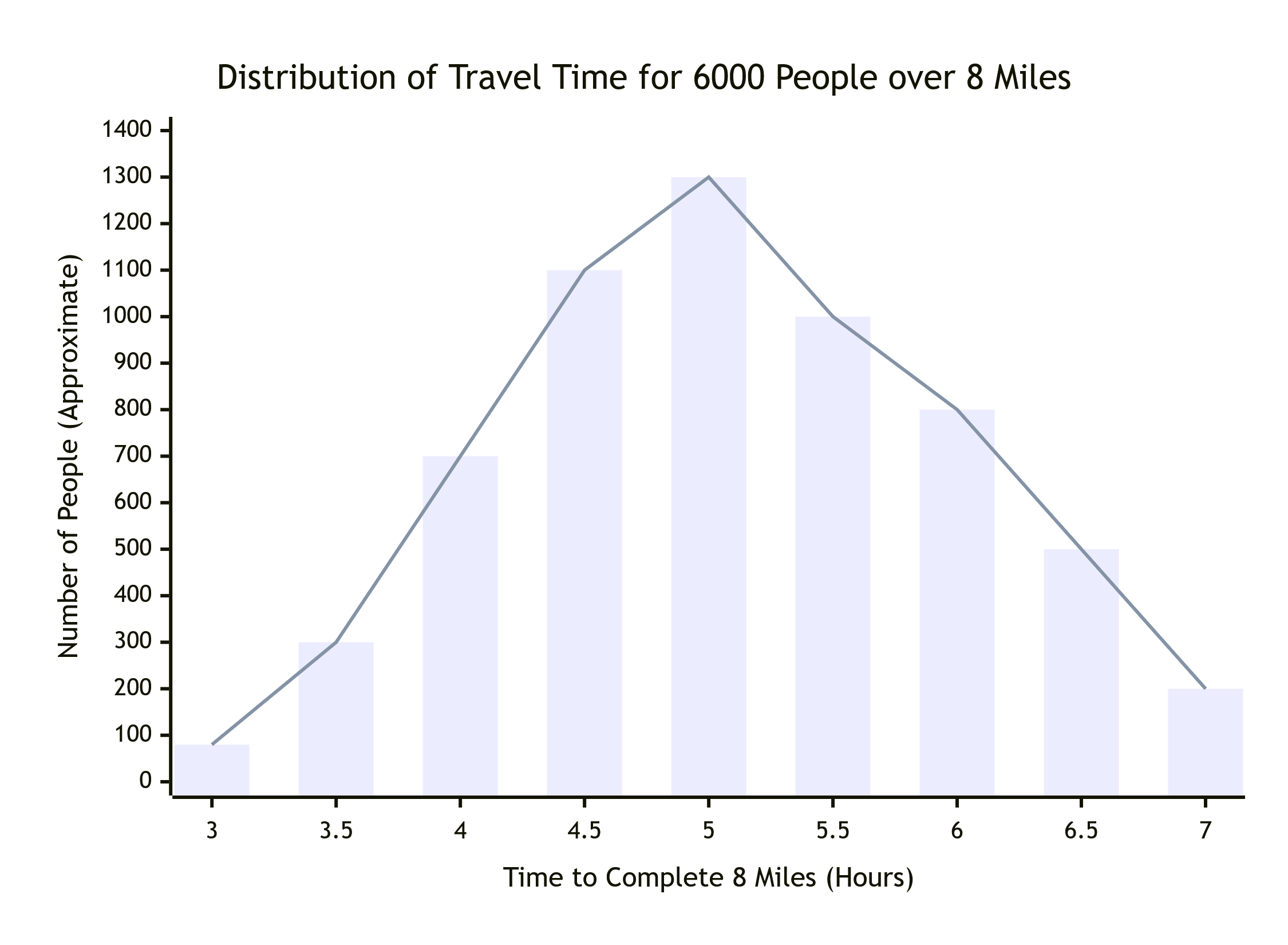|
 | Anglo Saxon History |  | |
| | Battle of Hastings 1066AD - T - Bridge collapses in the retreat |
|---|
|
| | |
|---|
| Documentary Reference ▲ |
|---|
There is only one reference to this event, so it is not corroborated hence shown in red:
Master Wace and the 'Roman De Rou'
The following translation comes from 'The Edgar Taylor translation of the Roman De Rou' and appears after Harold is
killed and the battle lost.
The English who escaped from the field did not stop till they reached London, for they were in great fear, and cried out
that the Normans followed close after them. The press was great to cross the bridge, and the river beneath it was deep;
so that the bridge broke under the throng, and many fell into the water.'
| | This implies London Bridge but could it have been before ? ▲ |
|---|
London Bridge is about 63 miles from Battle using modern roads(probably further in 1066AD), so even if the army was
being chased by Norman Knights, the escaping Saxons reaching London Bridge would take between 26 and 36 hours to reach
the bridge.
|
Chart showing the distribution of Saxons reaching London ▲
|
|---|

This chart show the distribution of people reaching London bridge, and even at peak the number of people crossing
never exceeds about 10 per minute.
Another factor is that the people who came from Kent, Sussex, Surrey and Hampshire wouldn't have needed to cross the
Thames so the numbers would have been reduced.
This in turn seems to show that London Bridge collapsing is a very unlikely scenario.
| | What Escape routes are there for Saxons fleeing ▲ |
|---|
So lets now try to work out the escape routes to see if there is another bridging point that could fit this
description.
The map below shows the landscape in 1066AD, and as you can see, the Forest of Andredsweald surrounds the Hastings area.
This is based on the Domesday records please see The Great Forest of Andredsweald - Anglo Saxon
Chronicles for further details.
| 
The red dot show the traditional location for the Battle at Battle Abbey.
| | What numbers of escaping troops would go into a Forest ▲ |
|---|
For an army consisting mostly of levies who do not know the area, a reasonable estimate would be 5% to 15%.
The vast majority, likely 85% or more, would stampede down the nearest road.
Why the Percentage Plummets for Unfamiliar Levies
The decision-making of a terrified, conscripted peasant soldier in an unknown land is driven by raw instinct and fear.
Here’s a breakdown of their psychology:
- The Primacy of the Herd Instinct:
Levies were not professional soldiers with deep unit cohesion. In a rout, their cohesion would shatter instantly,
reverting to a basic herd mentality. They would run with the crowd because the crowd feels safer. The momentum of
hundreds of men fleeing down the road is an almost irresistible force. To break away from that mass and run alone into a
dark, unknown forest requires a level of individual initiative that panicked levies simply do not possess.
- The Road is a Known Quantity (Even if it's Deadly):
For a disoriented peasant, the road represents a clear path. It leads away from the battle and toward... something. A
forest, especially an unknown one, represents absolute chaos and disorientation. The immediate, visible threat of the
pursuing cavalry on the road is often less terrifying than the imagined, unknown horrors of the forest.
- The "Unknown" Forest is Maximally Terrifying:
You've removed the one factor that could make the forest a rational choice: local knowledge. For these men, the forest
is the embodiment of every story they've ever heard about:
Getting hopelessly lost and starving to death.
Being murdered by bandits who know the terrain.
Being mauled by wolves or bears.
Being captured by evil spirits, witches, or goblins (a very real fear in the medieval mind).
The road, while dangerous, is part of the human world. The forest is the wild, ancient, and supernatural world.
- Lack of Survival Skills:
A city-dwelling levy or a peasant from open farmlands would not have the skills to survive in a dense, unfamiliar
forest. They would know this on some level. They have no idea how to find food, water, or shelter. On the road, at least
they can keep moving.
Scenario Breakdown for Unfamiliar Levies
| | Scenario: Likely % Fleeing to Forest Rationale ▲ |
|---|
- Panic Rout, Cavalry Visible in Pursuit
10-15% The most desperate, those who are literally about to be speared, will dive into the tree line as an act of
pure, last-second self-preservation. It's not a choice, but a reflexive leap.
- General Collapse, No Immediate Pursuit
3-8% With no immediate pressure, the herd instinct dominates. Only the most independent-minded, panicked, or
mentally broken individuals would peel off from the crowd. This is the baseline for a chaotic retreat.
- Ordered "Every Man For Himself"
5-10% Even if a commander yelled to scatter, the levies' lack of familiarity with the area and lack of individual
confidence would mean most would still follow the crowd down the path of least resistance: the road.
| | |
|---|
| Who Would Be In That 5-15%? ▲ |
|---|
The individuals who would choose the forest would be those for whom the road was even more terrifying, or who had a
specific reason:
- The Desperately Wounded:
A man who can't keep up with the running crowd might crawl into the woods to die alone rather than be trampled or
butchered on the road.
- The "Too-Smart-For-Their-Own-Good":
A rare individual who has heard stories of cavalry massacres and makes a conscious, calculated (but still desperate)
choice.
- Those Trapped at the Rear:
Soldiers at the very back of the fleeing mass, with enemies literally upon them, would have no other
option.
- Local Guides or Scouts:
Even if the majority of levies are foreign, there might be a handful of local men attached to the army who would
know to break for the woods.
| | |
|---|
| Roads versus Forest - the roads win ▲ |
|---|
For an army of unfamiliar levies, the forest transforms from a potential escape route into just another kind of death
trap—a slower, more mysterious, and psychologically terrifying one. Their lack of discipline, local knowledge, and
individual confidence would cause them to overwhelmingly follow the herd down the road, even if it led to a known
slaughter. The choice for the forest would be a rare, desperate, and often fatal act of last resort.
| 
The red dot show the traditional location for the Battle at Battle Abbey, the yellow line the likely
escape routes.
| | The most likely escape route ▲ |
|---|
A few if's:
If you look at the map above, and if the battle was at the Abbey Site and if William attacked from
the Hastings Ridge, then the only escape route for the Saxons would be along the A271(North Trade road) and up to
Netherfield where the road splits, one route into the Forest and the other along the Mountfield ridgeway to Bodiam.
The Forest route takes you up to Crowborough where the road splits North towards London and South towards Pevensey(Not a
good idea as the Normans were there), so Northbound to London is the only way and the only river this way is the River
Eden that is a tributary of the Medway which is crossed at Edenbridge which is, on modern roads, about 30 miles from
Battle.
The Mountfield ridgeway joins with the old Roman road from Westfield to Rochester at Cripps Corner then goes down the
hill to Bodiam where the Romans had built a bridge across to the Causeway that goes across the Rother which at this time
was a tidal sea inlet.
| | |
|---|
| Conclusion ▲ |
|---|
The two bridge, which one ?
So we are left with a river crossing at Edenbridge or at Bodiam.
However 'for they were in great fear, and cried out that the Normans followed close after them.' implies that it
was close to the battlefield if the Normans were close behind.
So the logical conclusion is that the bridge was at Bodiam, the river would have been deep and tidal and the escaping
Saxons would be funneled into a small space. The forest starts about Sandhurst and as Bodiam would have been only about
8 miles from the battlefield, the Saxons would have been bunched up with a lot of people arriving at the bridge at the
same time.
The distribution curve below shows that at about 5 hours after the battle then a significant number of Saxons might
overload the bridge, hence trapping any remaining non swimmers for the Norman Knights to cut them down.
| 
|
|
|
|
|
| |
|
|
Local Interest
Just click an image |
|
|
|
|
|
|
|
|
|
|
|
|
| |
|
|